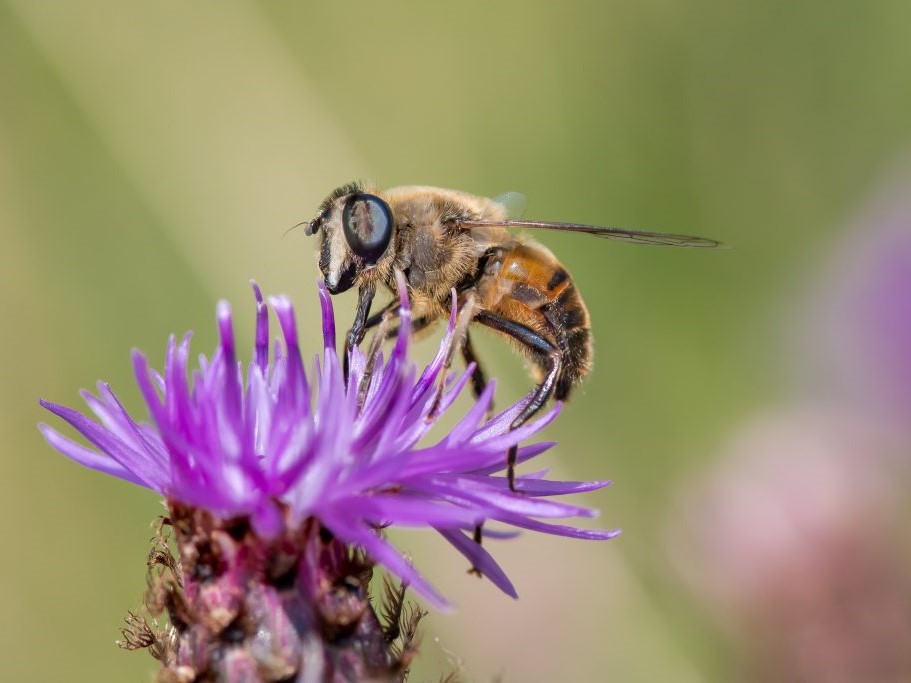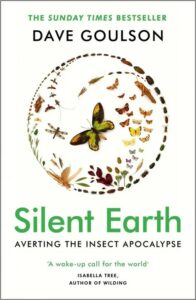 On the 27th of September, 1962, marine biologist and conservationist Rachel Carson saw her book, Silent Spring, published. A powerful examination of the effect that humans have on the natural world, with a particular emphasis on the use of pesticides, Silent Spring met with rapid success and soon became a landmark text on the subject. Despite fearsome opposition it became a rallying point for the environmental movement, fuelling discussions that would result in the widespread re-evaluation of the damage that pesticides can cause and the banning of some of the most damaging chemicals, such as DDT.
On the 27th of September, 1962, marine biologist and conservationist Rachel Carson saw her book, Silent Spring, published. A powerful examination of the effect that humans have on the natural world, with a particular emphasis on the use of pesticides, Silent Spring met with rapid success and soon became a landmark text on the subject. Despite fearsome opposition it became a rallying point for the environmental movement, fuelling discussions that would result in the widespread re-evaluation of the damage that pesticides can cause and the banning of some of the most damaging chemicals, such as DDT.

Dave Goulson’s new book, Silent Earth: Averting the Insect Apocalypse, is at once a tribute to Carson’s masterpiece and an innovative new work in its own right. Building upon Carson’s inspirational text, Silent Earth provides an up-to-date analysis of our impact upon the natural world over the last sixty years and beyond. The message is simple: despite the advances we’ve made, the warnings of Silent Spring have gone terrifyingly unheeded and without action we might soon find ourselves in a situation that we cannot reverse.
Goulson is a biology lecturer and leading expert in insect ecology, particularly bumblebees, as well as a highly respected scientific writer with several books and hundreds of published papers in his portfolio – it comes as no surprise that Silent Earth is both supremely well researched and beautifully written. It is written in five parts. The first, “Why Insects Matter”, is a fascinating delve into the significance of insects both to the 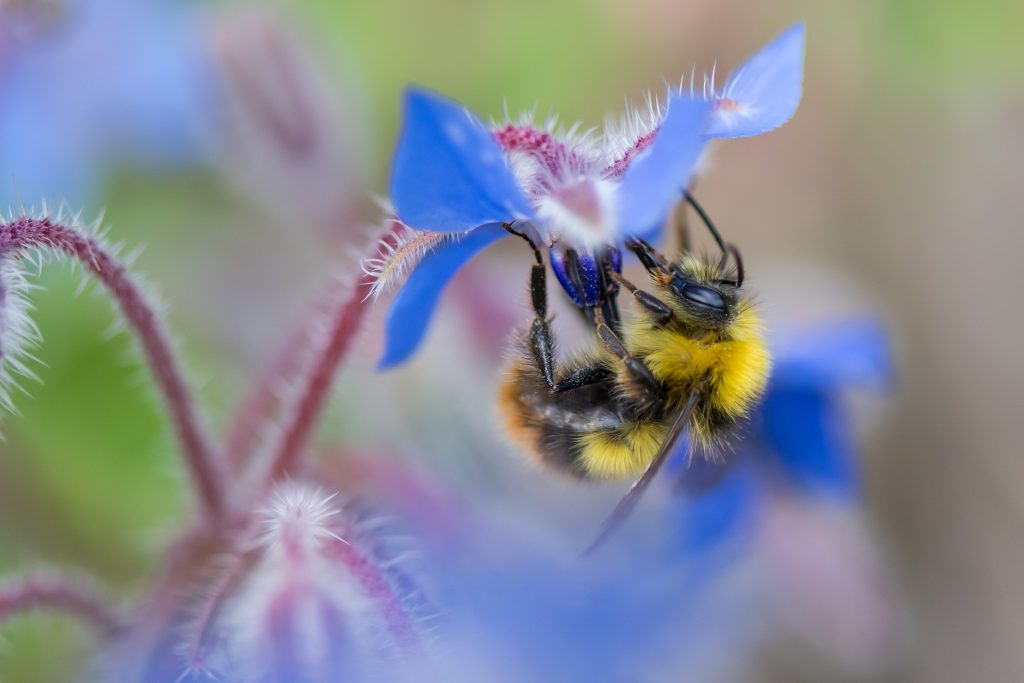 natural world and to human society. With an expert eye, Goulson skillfully guides the reader through different aspects of their importance, from the multi-million pound service that dung beetles provide the farming industry each year in the UK alone to the vital role that pollinators play in underpinning ecosystems across the planet, and the value that insects have in their own right as beautiful, vibrant denizens of our planet. The author’s passion is infectious; it is difficult to read this section without becoming invested in the wondrous ranks of the planet’s invertebrates, making the threat of their decline feel all the more personal.
natural world and to human society. With an expert eye, Goulson skillfully guides the reader through different aspects of their importance, from the multi-million pound service that dung beetles provide the farming industry each year in the UK alone to the vital role that pollinators play in underpinning ecosystems across the planet, and the value that insects have in their own right as beautiful, vibrant denizens of our planet. The author’s passion is infectious; it is difficult to read this section without becoming invested in the wondrous ranks of the planet’s invertebrates, making the threat of their decline feel all the more personal.
In the next two parts, “Insect Declines” and “Causes of Insect Declines”, Goulson introduces the sources of evidence that can be drawn on to track insect declines and explores some of the reasons why society seems oblivious to our dwindling invertebrate fauna. He then moves on to explore in detail the various pressures upon their populations, examining and evidencing each before moving on to the next. Goulson writes with respect for the reader, never over-simplifying his prose while providing ample detail to engage any reader, be they a newcomer to the field, amateur enthusiast, ecology professional or academic. Particularly notable is the way in which Goulson details his own work, which has at times proved 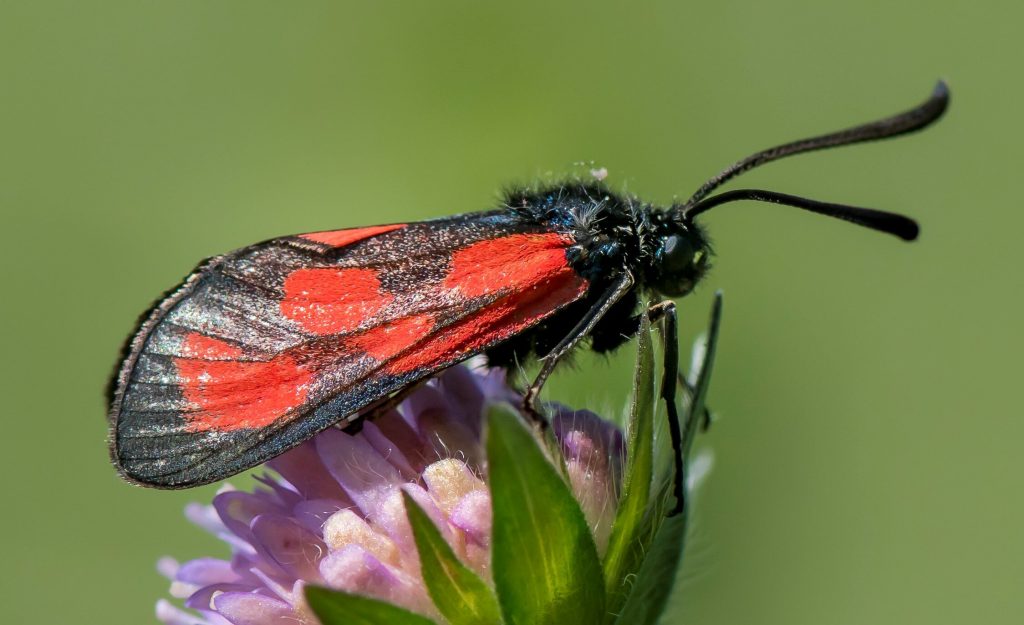 controversial among some parties. He consistently highlights the arguments of his critics, treating them with respect and validation. At some points he provides his rebuttal while at others he admits to the shortcomings of the relevant research, explaining why a different approach was impossible at the time. This is indicative of an attitude that permeates the book – the issues that he writes about are bigger than minor gripes with experimental methodologies, bigger than business margins or political leanings. He presents with a neutral eye the irrefutable reality that insects are vanishing at a terrifying rate, and unless action is taken the world is heading towards a very real disaster within generations. Though frequently distressing and at times heartbreaking, Goulson writes with a voice compelling and just witty enough to prevent the reader from becoming despondent. This book is not intended to drive us to despair, but to action.
controversial among some parties. He consistently highlights the arguments of his critics, treating them with respect and validation. At some points he provides his rebuttal while at others he admits to the shortcomings of the relevant research, explaining why a different approach was impossible at the time. This is indicative of an attitude that permeates the book – the issues that he writes about are bigger than minor gripes with experimental methodologies, bigger than business margins or political leanings. He presents with a neutral eye the irrefutable reality that insects are vanishing at a terrifying rate, and unless action is taken the world is heading towards a very real disaster within generations. Though frequently distressing and at times heartbreaking, Goulson writes with a voice compelling and just witty enough to prevent the reader from becoming despondent. This book is not intended to drive us to despair, but to action.
Part Four – “Where Are We Headed?” – is a brief but poignant exploration of the author’s vision of the future. From another writer, this might seem like a flight of fancy, but from Goulson it comes across as a warning every bit as earnest and necessary as the hard science of the preceding chapters. It acts as a kind of crescendo, a snapshot of the future that the author is trying to warn us about, as well as a perfect segway into the final part. Perhaps most importantly after the relentlessly grim picture painted in “Causes of Insect Declines”, it ends with a ray of hope.
The fifth and final part of the book is simply titled “What Can We Do?”. It lists from the point of view of the author – a researcher, educator, and father – the actions that should be undertaken by everyone in society, from members of the public to researchers, farmers and politicians, among others, to begin to turn the tide. Various key actions are explored in detail – the importance of instilling an environmental ethos in young people, of 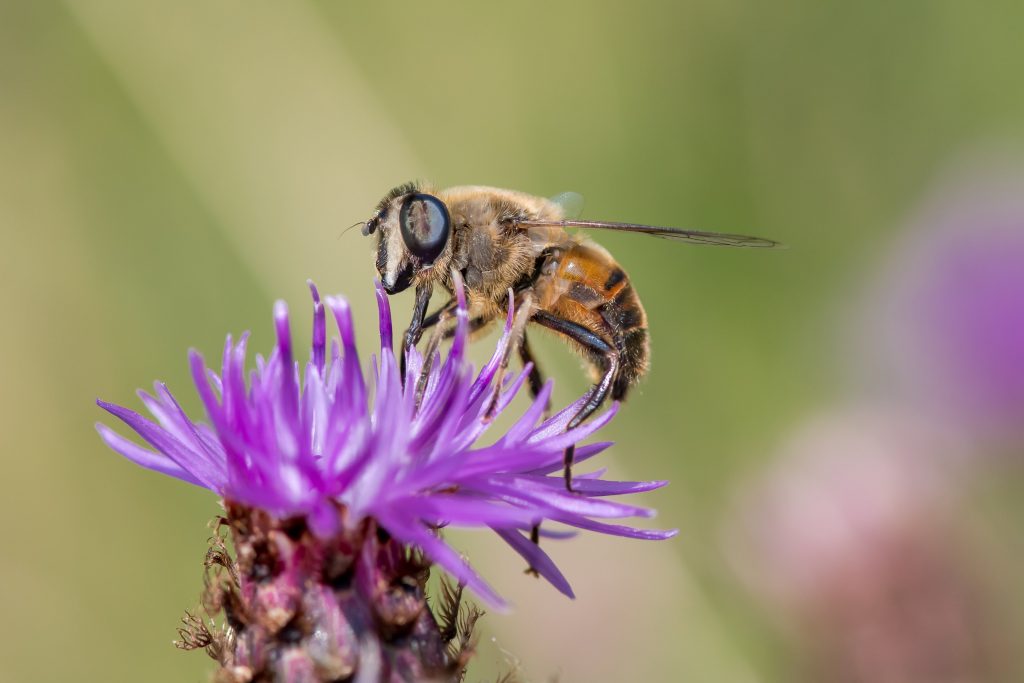 encouraging native plants in our towns and cities and overhauling the way in which we view farming. Finally, there is an extensive list of actions, large and small, that people can take, listed by occupation. This section is what the book has been building to, and it is worth reading for this alone. As usual, respect is paid to all viewpoints and all members of society. It doesn’t matter whether the reader is in a position where a free-range organic, locally sourced diet is financially viable or not – there will be other actions that they can take regardless of financial matters. Nor does it matter if they have beliefs, political or economic, that might conflict with the author’s. It is a call for society to overlook such matters which are, in the face of such a crisis, trivial.
encouraging native plants in our towns and cities and overhauling the way in which we view farming. Finally, there is an extensive list of actions, large and small, that people can take, listed by occupation. This section is what the book has been building to, and it is worth reading for this alone. As usual, respect is paid to all viewpoints and all members of society. It doesn’t matter whether the reader is in a position where a free-range organic, locally sourced diet is financially viable or not – there will be other actions that they can take regardless of financial matters. Nor does it matter if they have beliefs, political or economic, that might conflict with the author’s. It is a call for society to overlook such matters which are, in the face of such a crisis, trivial.
Silent Earth: Averting the Insect Apocalypse is, in my opinion, a masterpiece of popular science writing. It is a feat to present such dire information in a way that is not only readable, but also engaging and compelling – Goulson’s prose manages never to lose the reader for a moment. It is a stark, hard-hitting warning, but one that must be heard by as many people as will listen. Moreover, it goes far beyond the reactionary doomsayings sometimes written on the subject to provide an inspiring manifesto for change. It equips the reader with the knowledge that they need to understand the problem, and the actions they can take to enact this change. It leaves you with the impression that, if the message can get through to enough readers across the world, we might just be able to turn the tide and preserve the buzzing of bees, the chirping of crickets and the droning of cicadas to prevent the silence falling for good.
 Silent Earth: Averting the Insect Apocalypse
Silent Earth: Averting the Insect Apocalypse
By: Dave Goulson

